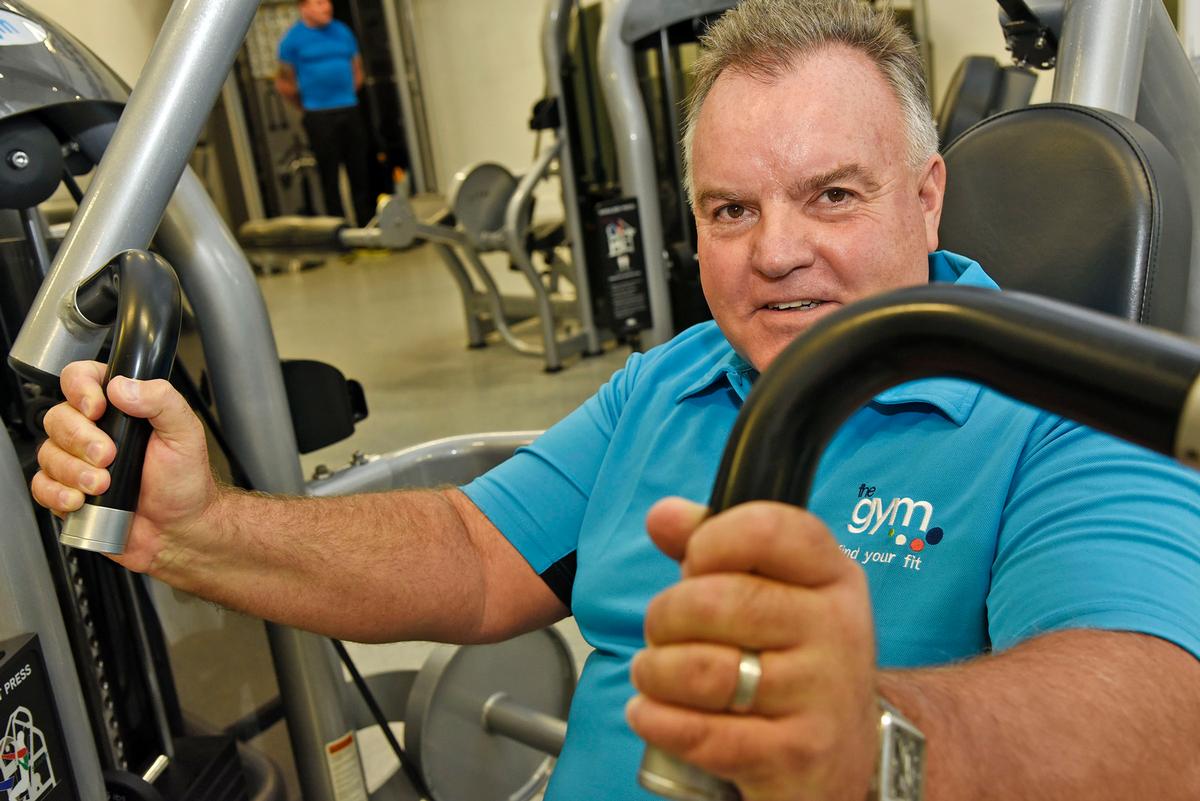see all jobs
The Gym Group records profits of £6.9m a year on from its IPO
gym+Group'>The Gym Group turned around losses of £12.7m (US$15.4m, €14.5m) for 2015 to post a profit of £6.9m (US$8.4m, €7.9m) in 2016 following its move onto the stock market.
Revenue increased year-on-year by 22.6 per cent, from £60m (US$72.8m, €68.4m) to £73.5m (US$89.2m, €83.8m), while the number of members shot up by 19.1 per cent to 448,000.
This was in part due to 15 new gyms opening in 2016, increasing The Gym Group’s total estate to 89.
As well as increased quantity, chief executive John Treharne told Health Club Management that as a result of the IPO reducing debt in the organisation’s balance sheet, The Gym Group had been able to “secure the very best sites going forward”.
The company has already exchanged on 17 sites for 2017, with the possibility of that number increasing to its upper target of 20.
Chief financial officer Richard Darwin commented that the IPO also helped The Gym Group secure the best covenant compared to all the equivalent operators as “landlords do ascribe a superior convenance to a PLC company".
The Gym Group floated on the stock market in late-2015.
Its main low-cost rival, Pure Gym, attempted to float on the stock market last year, but abandoned the move due to “challenging conditions”.
Around 35-40 per cent of The Gym Group’s sites are in London and the South East, but Treharne caveated that the company would continue to spread far and wide across the UK.
In fact, he highlighted extensive growth in university towns, with students now making up 35 per cent of the organisation’s membership base.
Treharne explained that the low-cost membership and 24/7 nature of the offer was driving this growth. While he said that opening sites within university campuses was a “possibility”, it would need to be something city centre-based to be “readily accessible to the local population.”
Since the start of 2017, The Gym Group’s membership base has grown a further 10.5 per cent 495,000 members, and the chief executive was adamant there was room to grow further.
“Our assessment is there is room in the UK market for around 1,000 low-cost gyms, and there are just over 500 in the UK today, so there’s plenty of growth potential in the UK,” he said.
“The very fact our pipeline is so strong this year shows there is lots of growth potential for a number of years.”
- News by sector (all)
- All news
- Fitness
- Personal trainer
- Sport
- Spa
- Swimming
- Hospitality
- Entertainment & Gaming
- Commercial Leisure
- Property
- Architecture
- Design
- Tourism
- Travel
- Attractions
- Theme & Water Parks
- Arts & Culture
- Heritage & Museums
- Parks & Countryside
- Sales & Marketing
- Public Sector
- Training
- People
- Executive
- Apprenticeships
- Suppliers





























